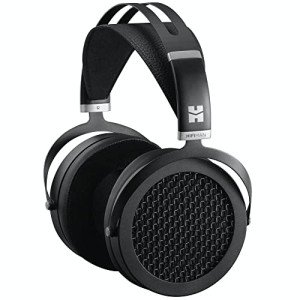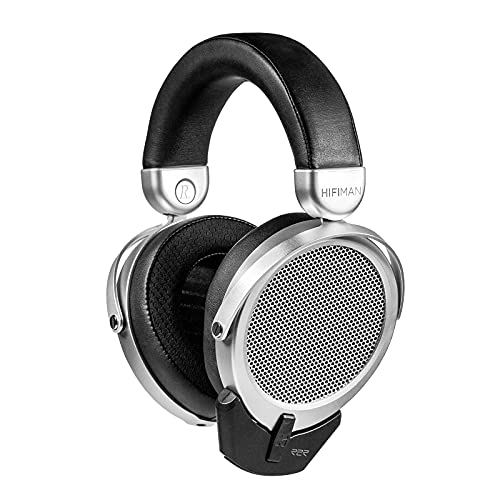In the world of audiophile gear, innovation never ceases. Every year, new technologies emerge to elevate the listening experience, and among these advancements lies a fascinating blend of art and engineering: the Kinera Gumiho in-ear monitors (IEMs). With their unique design and cutting-edge 3D printing techniques, the Gumiho stands out as a prime example of how modern technology can enhance audio performance and aesthetics. This guide explores the various features of the Kinera Gumiho, its impressive specs, and the benefits of its 3D printed cavity.
Understanding the Kinera Gumiho
Kinera is a renowned audio brand known for its commitment to quality, crafting audio devices that address both functionality and design. The Gumiho, inspired by the mythical creature from East Asian folklore, reflects this ethos perfectly.
Key Highlights of the Kinera Gumiho
- 3D Printed Cavities: The Gumiho utilizes advanced 3D printing technology to create its ear monitor cavities, which leads to improved acoustic performance and comfort.
- Hybrid Driver Configuration: Featuring a combination of dynamic and balanced armature drivers, the Gumiho is designed to deliver a wide sound stage with excellent detail.
- Custom Ergonomics: Each pair is fit-tested to ensure a snug and comfortable fit for the user, allowing for extended listening sessions without discomfort.
Advantages of 3D Printed Cavities
The use of 3D printing in the production of ear monitor cavities offers numerous advantages:
-
Customization: 3D printing allows for precise customization of earphone cavities, leading to improved ergonomics tailored for individual users.
-
Complex Geometries: The technology enables the creation of sophisticated shapes and designs that would be difficult or impossible to achieve using traditional manufacturing methods.
-
Faster Prototyping: The design process becomes significantly more efficient with 3D printing, allowing for rapid iteration and testing of new designs.
-
Acoustic Optimizations: With the capability to fine-tune dimensions, manufacturers can optimize the acoustic properties of the cavities for superior sound quality.
Table: Comparison of Traditional vs. 3D Printed IEM Cavities
| Features | Traditional IEM Cavities | 3D Printed IEM Cavities |
|---|---|---|
| Customization | Limited | Highly customizable |
| Production Time | Longer | Shorter |
| Design Complexity | Basic shapes | Complex geometries |
| Acoustic Performance | Standard | Optimized |
| Fit and Comfort | Generic | Tailored |
Specifications and Features of the Kinera Gumiho
The Kinera Gumiho brings together a suite of impressive specifications, making them a top competitor in the in-ear monitor market. Here’s a closer look at what they offer:
- Driver Configuration: The Gumiho features a hybrid setup combining a dynamic driver for bass and multiple balanced armature drivers for mids and highs.
- Frequency Response: With a wide frequency response, the IEMs deliver full-bodied lows, accurate mids, and sparkling highs.
- Impedance: The Gumiho boasts a low impedance that allows them to be driven by a variety of sources, from smartphones to high-end DACs.
- Connector Type: They utilize a standard 2-pin connector, making them compatible with various audio cables and fostering user adaptability.
Enhanced Audio Experience
The Kinera Gumiho offers an enriched audio experience that caters to a variety of genres and listening preferences. The hybrid driver configuration ensures an intensive, layered sound profile that brings music to life. Users can enjoy immersive soundscapes with a well-balanced tonal signature, making them suitable for both casual listening and critical analysis.
FAQs About Kinera Gumiho In-Ear Monitors
Q1: How do the 3D printed cavities enhance the sound quality of Kinera Gumiho?
A1: The precision of 3D printing results in optimal acoustics, reducing unwanted resonances and enhancing clarity throughout the audio spectrum.
Q2: Are the Kinera Gumiho IEMs suitable for all audio sources?
A2: Yes, their low impedance design allows compatibility with a wide range of devices, from portable players to professional studio equipment.
Q3: How does the design of the Gumiho contribute to comfort during prolonged use?
A3: The 3D printed cavities are ergonomically designed and fit-tested to contour to the user’s ear shape, holding the IEMs securely in place without creating pressure points.
Q4: Can the Kinera Gumiho accommodate custom ear impressions?
A4: The Gumiho's design permits some level of customization, but for full custom fit IEMs, additional modifications might be necessary.
The Kinera Gumiho in-ear monitors exemplify how modern technology, particularly 3D printing, can dramatically enhance both the form and function of audio gear. By innovating the design and production processes, Kinera has created a product that ensures not just exceptional audio fidelity but also unrivaled comfort. In a crowded market of IEMs, the Gumiho stands out, marrying mythology with modern engineering for music lovers and audiophiles alike. The future of audio gear is promising, with brands like Kinera leading the charge in integrating advanced technology for optimal listening experiences.






